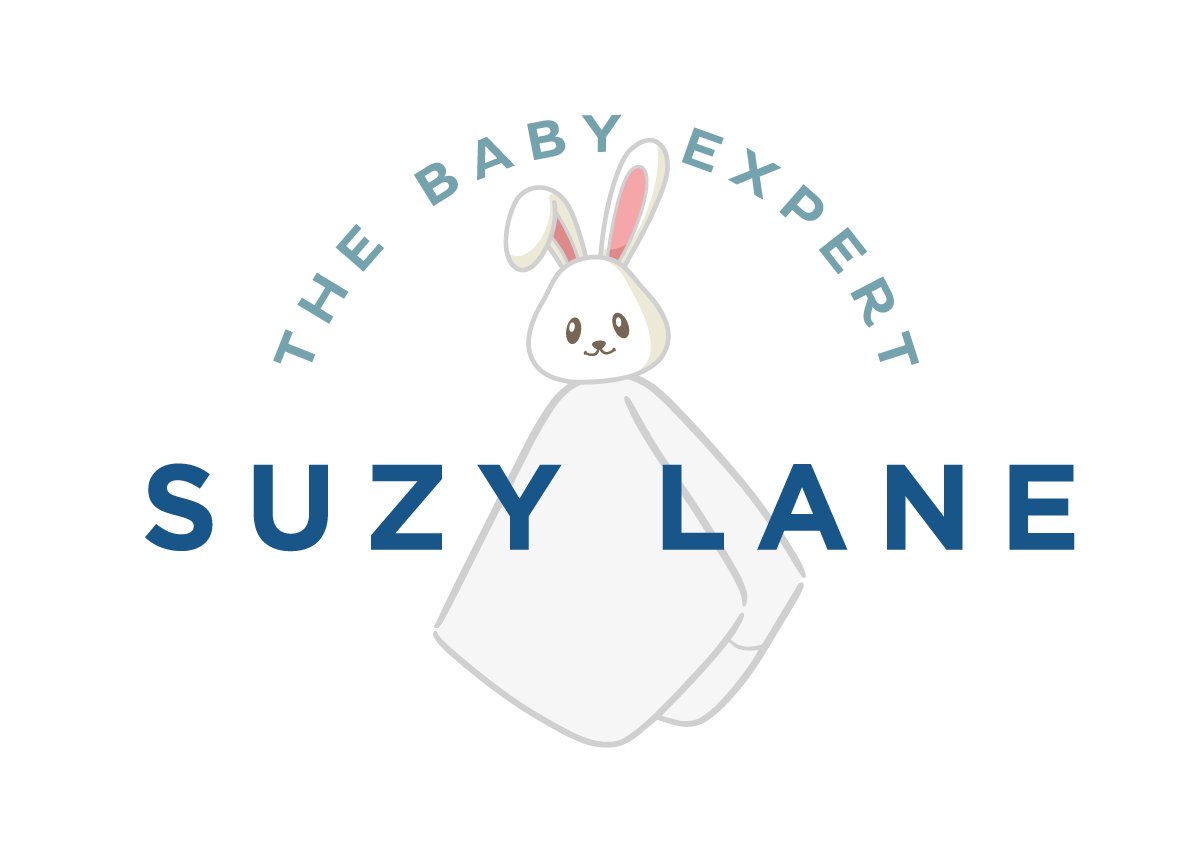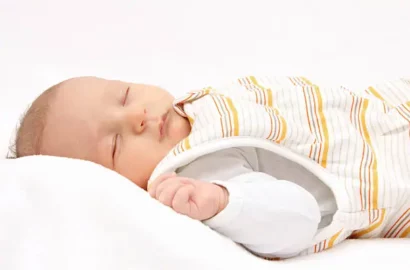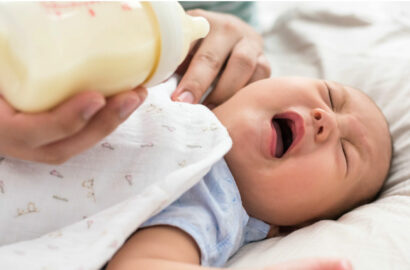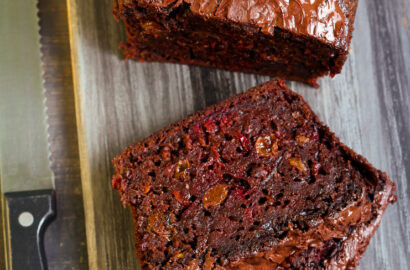The use of white noise for sleep. Is it good?
Cushing and Blake C. PapsinSarah C. Hugh, Nikolaus E. Wolter, Evan J. Propst, Karen A. Gordon, Sharon L.
BACKGROUND AND OBJECTIVE: Infant “sleep machines” produce ambient noise to mask other sounds in an infant’s room. The goal is to increase uninterrupted sleep. We suggest that the consistent use of these devices raises concerns for increasing an infant’s risk of noise-induced hearing loss. We, therefore, sought to determine the maximum output levels of these sleep machines.
METHODS: Sound levels of 14 ISMs played at maximum volume were measured at 30, 100, and 200 cm from the machine using correction factors to account for a 6-month-old’s ear canal.
RESULTS: Maximum sound levels at 30 cm were >50 A-weighted dB for all devices, which is the current recommended noise limit for infants in hospital nurseries. Three machines produced output levels >85 A-weighted dB, which, if played at these levels for >8 hours, exceeds current occupational limits for accumulated noise exposure in adults and risks noise-induced hearing loss.
CONCLUSIONS: Infant sleep machines are capable of producing output sound pressure levels that may be damaging to infant hearing and auditory development. We outline recommendations for safer operation of these machines.
If you choose to use white noise as an independent sleep aid you are advised to:
- Set the noise level no higher than 70 decibels (similar to the level of sound you would experience under a shower)
- Ensure that you place the sound machine more than 2 meters away from where your infant sleeps
- The machine should be used for no more than 8 hours in every 24 hours




